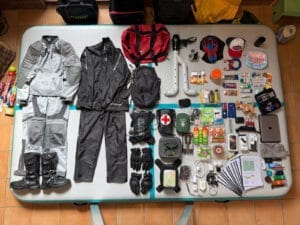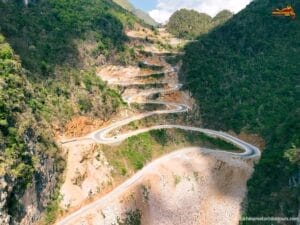The toughest roads lead to the best stories | Vietnam dirtbike tours 2026 Every challenge is part of
Riding Vietnam with Respect, Confidence & Curiosity
If you’re an Australian rider considering a motorbike tour in Vietnam, chances are you’ve heard a mix of tales—some full of freedom and unforgettable scenery, others peppered with run-ins with local police, confusing traffic rules, or stories of hefty fines. It’s true: Vietnam’s traffic culture is different. But that’s not a reason to fear the ride—it’s a reason to understand it better.
This guide is written for Australian riders by those who’ve ridden, learned, and thrived on Vietnam’s roads. It’s not about scaring you off—it’s about empowering you to ride smart, legal, and with cultural awareness. Because let’s be honest: there’s something incredibly fulfilling about not just navigating the roads, but also navigating the cultural norms that go with them.
Let’s dive into what it really means to share the road in Vietnam — with law, respect, and a bit of Aussie charm.
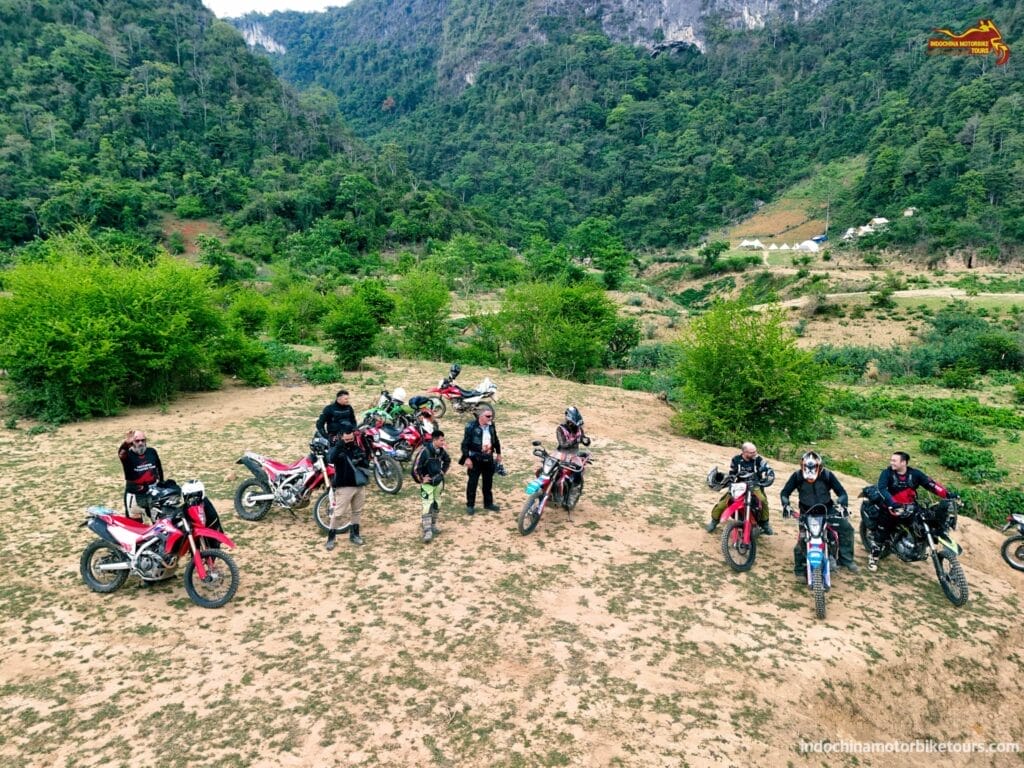
Part 1: Understanding the Traffic Culture — It’s Not Chaos, It’s Choreography
From the moment you hop onto a bike in Vietnam, the first impression can be overwhelming. Scooters whizz past in all directions, horns beep constantly, and there seems to be very little that resembles the road rules we follow back home.
But give it a day, and you’ll start to see the underlying rhythm.
Key Differences in Mentality:
- Collective awareness over strict rules: Vietnamese traffic functions more like a flowing organism than a rulebook. Riders anticipate, yield, and move collectively, especially in urban settings.
- Horns are not aggressive: A honk means “I’m here,” not “Get out of my way.” It’s a signal, not an insult.
- Speed is lower, reaction time is higher: Most traffic in cities moves below 40 km/h, giving more space to react, dodge, and adapt.
What Aussies Need to Do:
- Don’t assume you have the right of way — even if you technically do.
- Learn the local cues: a raised hand might mean someone’s turning; flashing lights can signal “I’m not stopping.”
- Ride defensively but confidently. Nervous or erratic riders cause more issues.
Part 2: Legality 101 — What You Need to Ride Legally in Vietnam
International Driving Permits (IDPs)
For Australians, having a valid IDP (International Driving Permit) issued by an Australian authority is mandatory if you wish to ride legally in Vietnam.
- The IDP must include themotorbike category A.
- It must be presented alongside yourhome driver’s license.
- A regular car-only license isnot valid for motorcycle riding in Vietnam.
Vietnamese Licenses
Some expats convert their foreign licenses into a Vietnamese temporary driving license—this is only possible if you have a Vietnamese residence card, which most tourists don’t.
Rental Realities:
- Many rental shops won’t check your license at all, especially for bikes under 150cc. But don’t let that lull you into a false sense of legality.
- If an accident occurs and you’re riding without a valid license, insurance will likely be void.
What Police Will Check:
- Passport(or copy)
- IDP with motorbike category
- Motorbike registration papers
- Blue card (ownership doc)
- Helmet use(required by law)
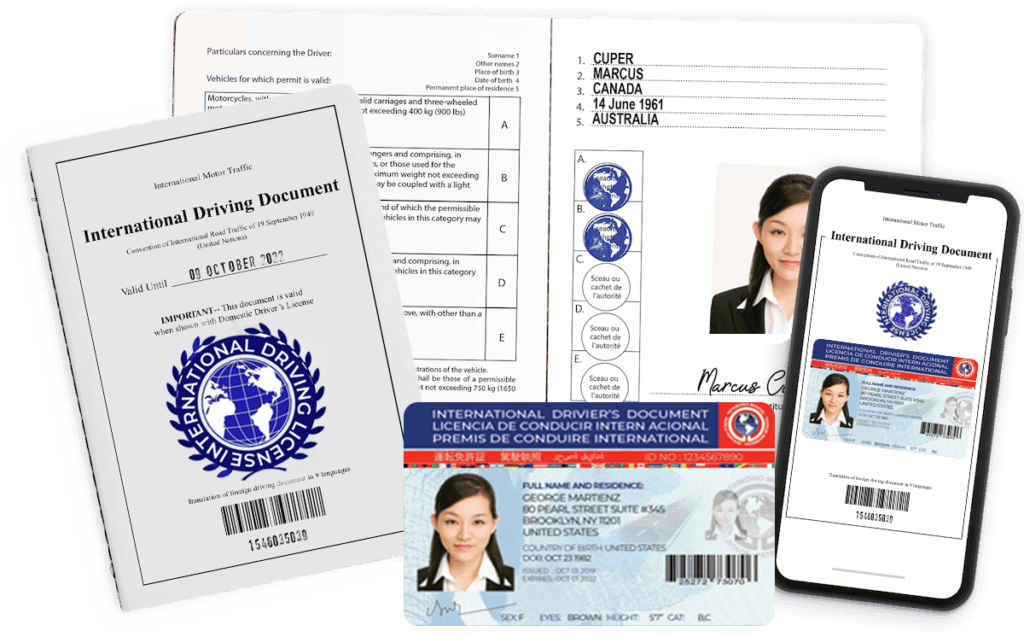
Part 3: Encounters with Police – What to Expect, How to Handle It
Are Police Out to Get You?
No. Most traffic police are not looking to target foreign tourists. However, they will stop riders if they appear to be breaking the law, especially in big cities like Hanoi, HCMC, or popular tourist routes.
Most Common Reasons for Being Pulled Over:
- Not wearing a helmet
- Riding in a car-only lane (especially in Hanoi or HCMC)
- Speeding (watch out in Hai Van Pass and near airports)
- Invalid or missing license
How to Handle a Police Stop:
- Stay calm, smile, be respectful
- Show your documents: If everything is in order, they’ll usually wave you on.
- If you’re missing something: You may be asked to pay a fine. Do not argue aggressively.
- Fines can range from 200,000 VND (~12 AUD) to 1,500,000 VND (~90 AUD) depending on the offense.
Tips for a Smooth Encounter:
- Speak slowly and clearly. Most police don’t speak fluent English.
- Use Google Translate or pre-load simple Vietnamese phrases.
- Carry a laminated copy of your IDP and passport.
- Don’t offer bribes. Pay fines officially. Ask for a receipt.
Personal Story – From an Aussie Rider:
“I was pulled over in Hue for going into a car lane. I showed my license, smiled, said ‘Xin chao’, and they explained I made a mistake. No fine, just a wave off. It was chill. I think being respectful goes a long way.”
Part 4: Helmets, Lights, Signals & Gear — Know the Rules, Not Just the Road
Helmet Law
- Mandatory for both driver and passenger.
- Must meet Vietnamese standards (cheap helmets from street vendors may not qualify).
- Avoid novelty helmets—go for DOT-approved or bring your own from Australia.
Headlights
- In cities,do not use high beams — it’s considered rude.
- Always turn lights on at night — riding without lights can get you stopped.
Turn Signals
- Not always used, sodon’t depend on others using them properly.
- Use yours anyway — locals will appreciate the gesture.
Reflective Gear
- Not mandatory but helpful in rural areas.
- Australian riders used to riding in outback roads should pack reflective vests or bands for dusk/dawn rides.
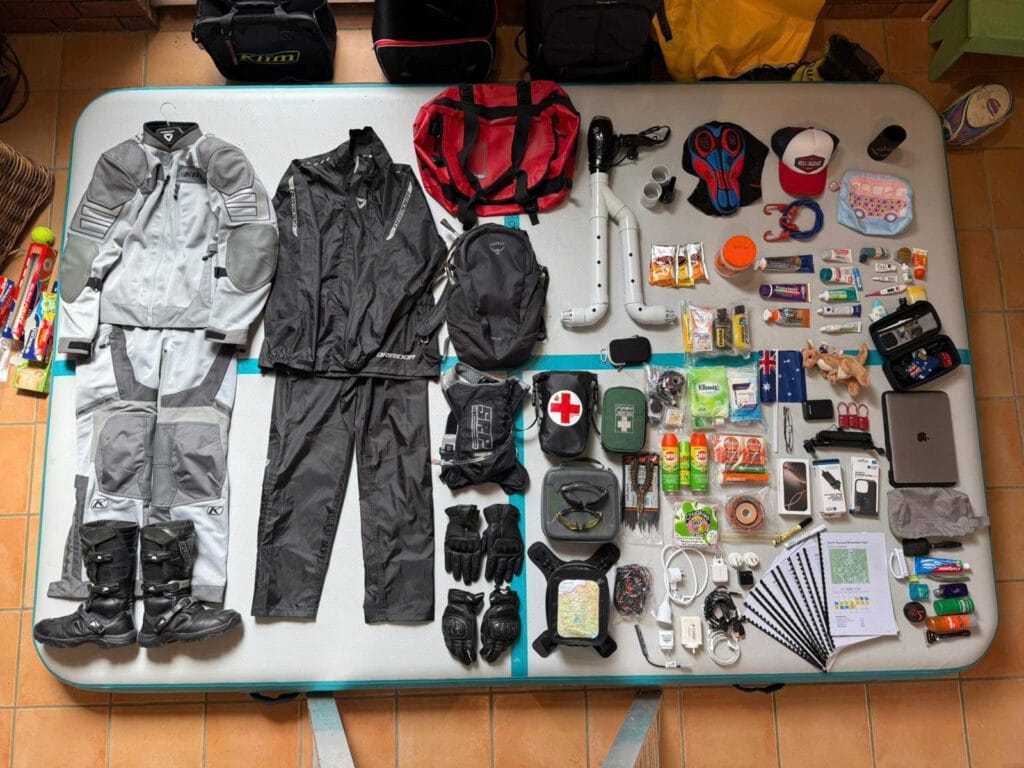
Part 5: Speed Limits, Lane Rules, and Alcohol – The Non-Negotiables
Speed Limits:
- Urban areas: 30–50 km/h
- Highways: 60–80 km/h (only for larger displacement bikes, often over 175cc)
- Check signs – they can be inconsistent, but best to stay conservative.
Lane Restrictions:
- Stay right. Left lanes often reserved for cars or buses.
- Avoid expressways unless you have a larger engine bike legally permitted.
Alcohol:
- Legal BAC is 0.00%. That means absolutely no drinking before riding.
- Breath tests are increasingly common in tourist areas.
- Penalties are harsh and can include heavy fines, license confiscation, or bike impoundment.
“In Vietnam, the rule is simple: if you drink, don’t ride. Not even one.”
Part 6: Insurance and What Happens in an Accident
Travel Insurance:
- Make sure it covers motorbike accidents over 125cc.
- Most basic policies exclude this unless explicitly added.
Accident Protocol:
- Get to safety.
- Contact your tour guide or rental agency immediately.
- Do not flee the scene.
- Take photos and note details.
- Be prepared for police paperwork.
Medical System:
- Vietnam has decent urban hospitals, but rural areas may lack quality care.
- Evacuation insurance is highly recommended for remote touring.
Where Can You Purchase Motorbike Travel Insurance for Vietnam?
Part 7: Riding with Respect – Cultural Touchpoints That Go Beyond Rules
Ride Slowly Through Villages
Livestock, children, and elderly may cross at any time. In rural Vietnam, a bike isn’t just transport — it’s a symbol of dignity. Loud, fast, and reckless riding can feel disrespectful.
Honk Politely
Use short beeps to signal your presence, not long honks of frustration.
Dress Appropriately
Shirts on, especially in temples or local villages. Avoid loud, offensive logos.
Support Local
Stop for coffee, buy fruit, ask for directions. These moments create stories.
“I once stopped for water in a village near Ha Giang and ended up being invited to a local wedding. That’s the magic of riding Vietnam with respect.”
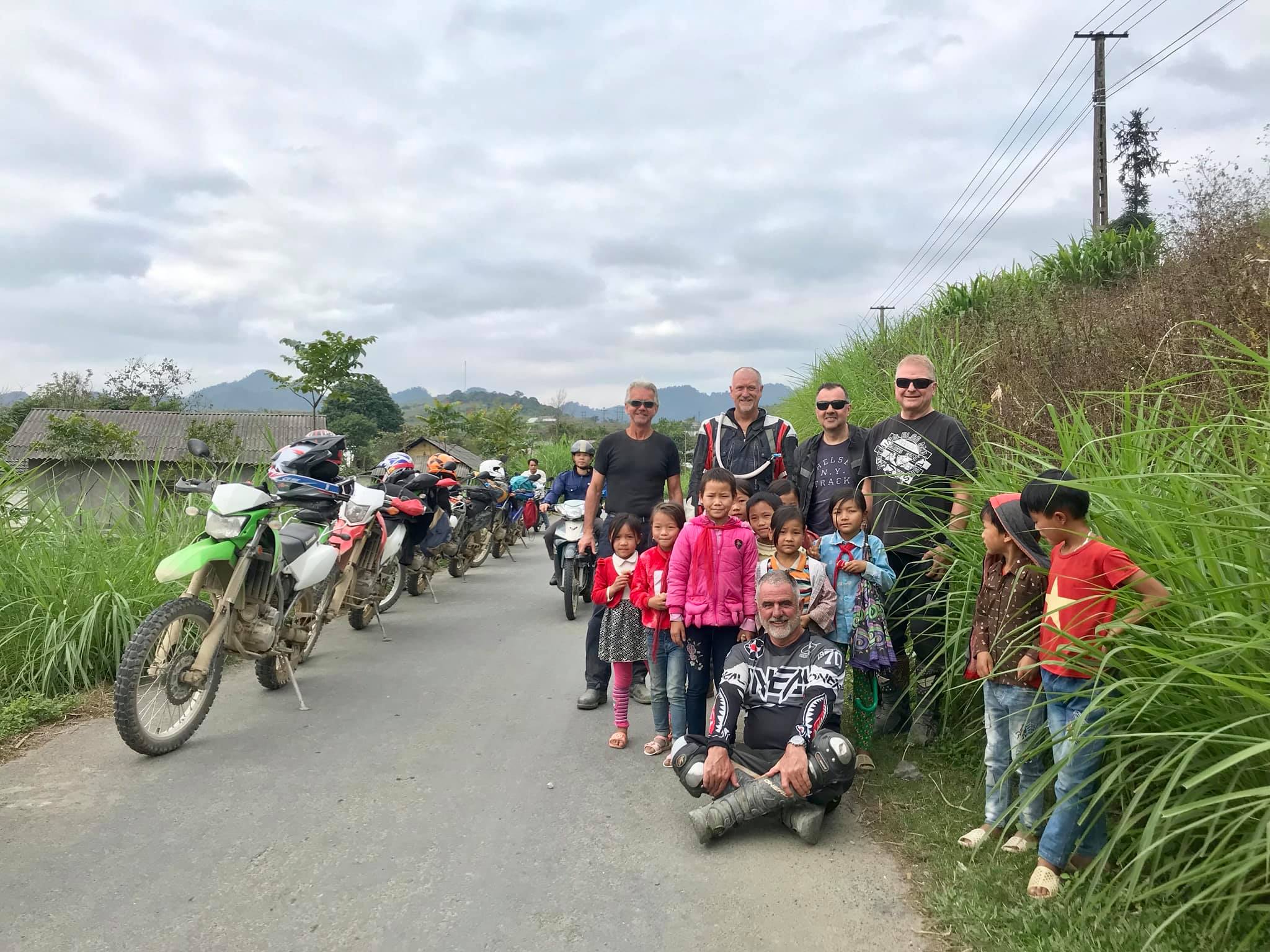
View More : Best Vietnam Motorbike Tours for Australian Road Riders
Conclusion: Ride Smart, Ride Legal, Ride with Heart
Vietnam is not a lawless free-for-all—it’s a land of deep customs, street logic, and beautiful chaos. For Australian riders, navigating the traffic and police system can be part of the adventure—so long as it’s done with preparation and humility.
Bring the Aussie values of mateship, respect, and curiosity. Blend that with Vietnam’s warmth and rhythm, and what you’ll find is a riding experience that’s rich, real, and far beyond the average tourist trip.
Don’t just survive Vietnam’s roads—learn their language, and you’ll thrive.




